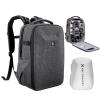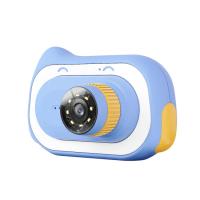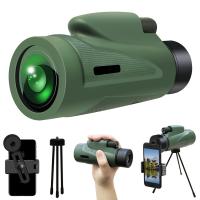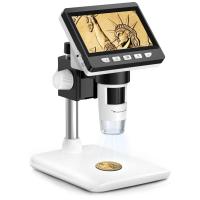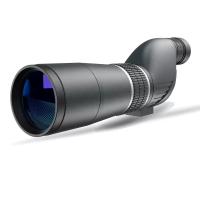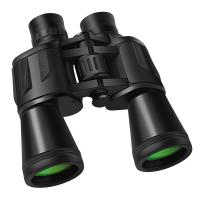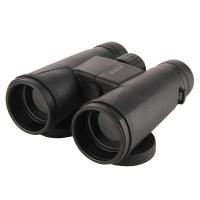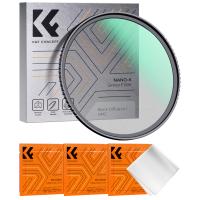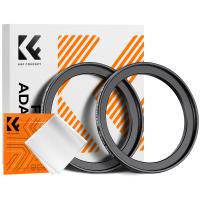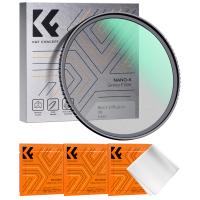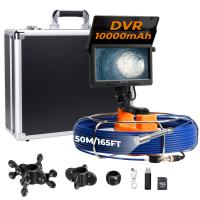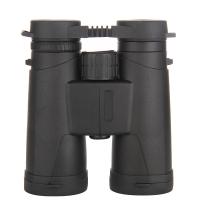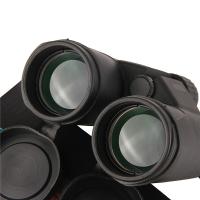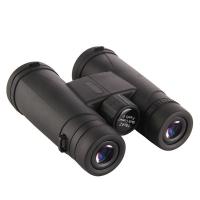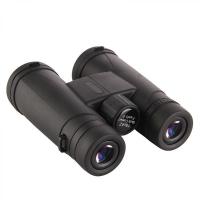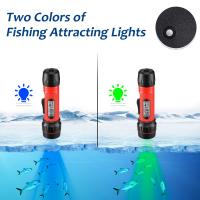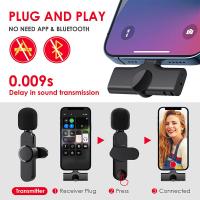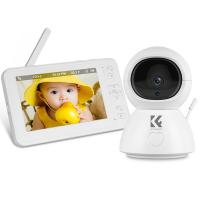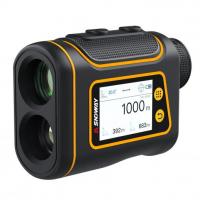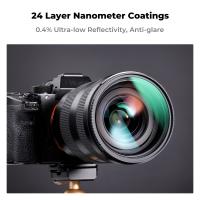What Is The Best Magnification For Binoculars?
When it comes to selecting the best magnification for binoculars, it's crucial to consider the intended usage, as different activities require different specifications. Whether you're interested in outdoor activities like birdwatching, stargazing, sporting events, or hunting, the magnification and other features of binoculars can significantly impact your experience. Here's a comprehensive guide to help you make an informed decision.
Understanding Binocular Magnification
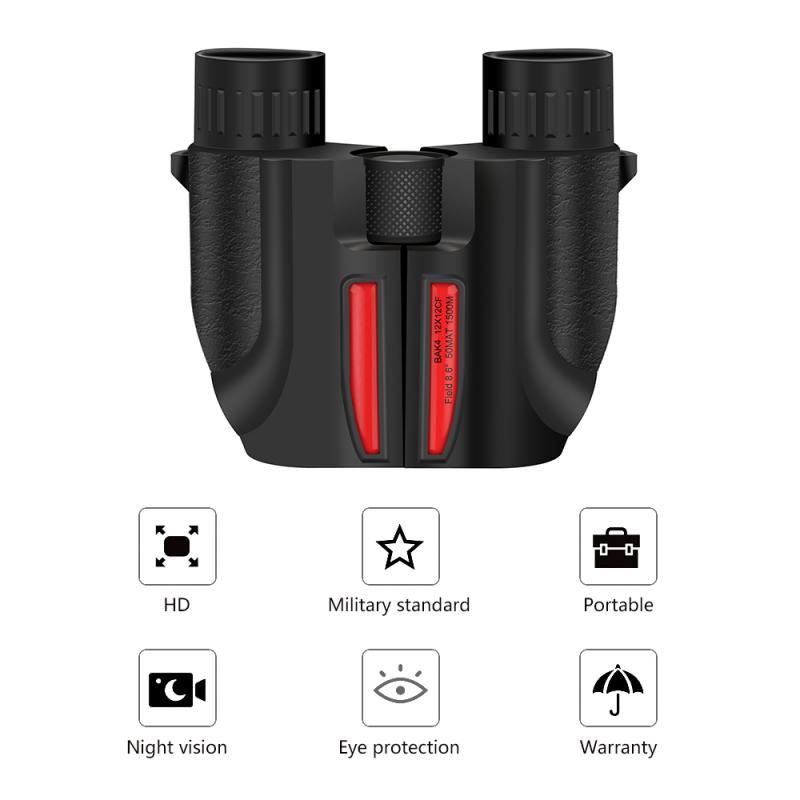
Binocular magnification is indicated by two numbers, for example, 8x42. The first number (8x) represents the magnification power, meaning the object appears eight times closer than with the naked eye. The second number (42) denotes the diameter of the objective lens in millimeters. A larger objective lens allows more light to enter, providing clearer and brighter images, especially in low-light conditions.
## Birdwatching
Ideal Magnification

For birdwatching, experts generally recommend a magnification of 8x to 10x. Binoculars with 8x42 are particularly popular because they offer a good balance between magnification, field of view, and stability. A wide field of view is essential in birdwatching to track fast-moving birds and quickly locate them in dense foliage.
Stability and Field of View
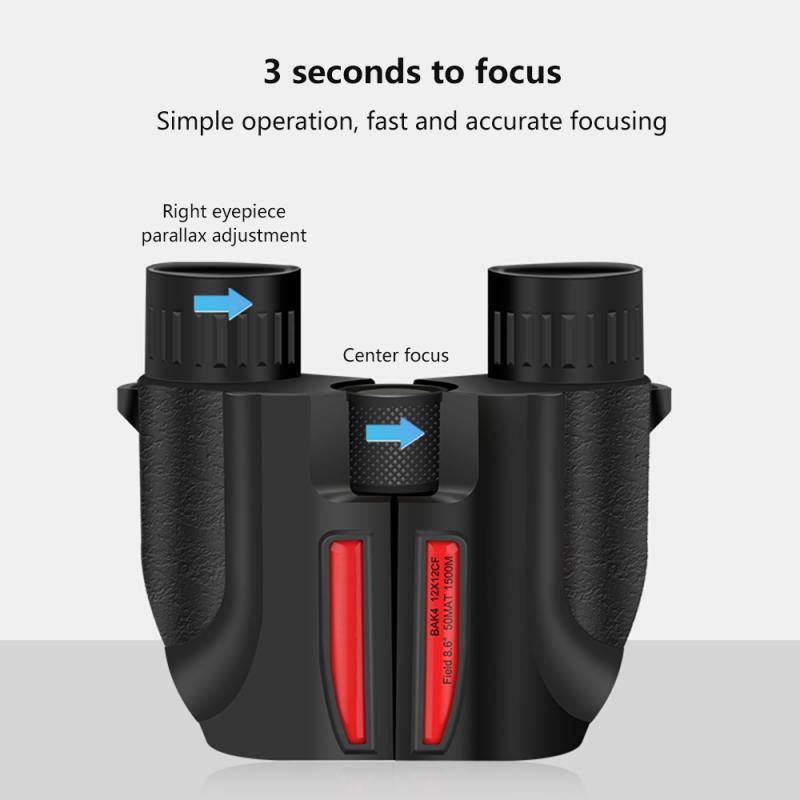
Higher magnifications (greater than 10x) can result in a narrower field of view and increased image shake, making it more challenging to follow birds in motion. Therefore, an 8x magnification provides a stable, wide field of view, which is critical for this activity.
## Stargazing
Ideal Magnification
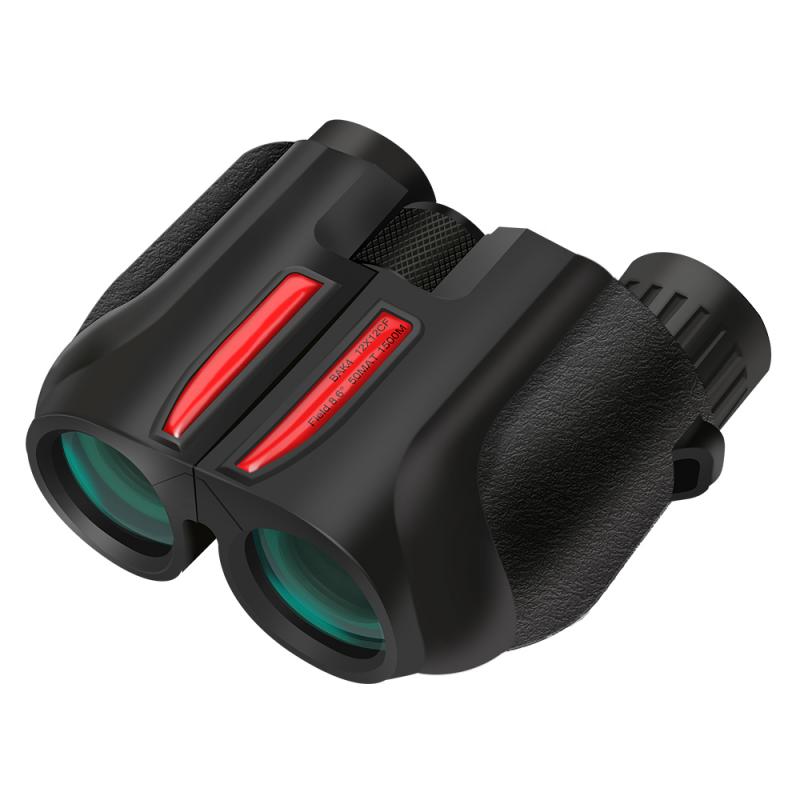
For stargazing, higher magnification is useful to see distant celestial objects in more detail. Binoculars with 15x70 or even 20x80 are highly recommended for amateur astronomers. These binoculars offer a high degree of magnification and a larger objective lens to gather more light from faint stars and galaxies.
Light Gathering Capability
The larger the objective lens, the more light the binoculars can collect. This feature is crucial for stargazing as it enhances the brightness and clarity of celestial bodies. A tripod is often needed for stability and to reduce shaking, particularly with higher magnifications.
## Sporting Events
Ideal Magnification
For sporting events, a magnification of 7x to 10x is typically sufficient. Binoculars with 10x42 provide a good balance, offering enough magnification to see the action clearly while retaining a wide field of view to capture the entire play.
Portability and Comfort
Binoculars used in this setting should be lightweight and comfortable for extended use. Magnifications above 10x can become cumbersome and harder to stabilize, making it difficult to follow fast-paced action.
## Hunting
Ideal Magnification
Hunters often prefer binoculars in the range of 8x to 12x magnification. An 8x42 binocular is usually sufficient for general hunting in wooded or open areas. For long-range spotting in open terrains, a higher magnification like 10x50 or even 12x50 can be advantageous.
Balance Between Magnification and Brightness
Choosing the right magnification also involves a balance between clarity and brightness. Higher magnifications can offer more detail, but they also tend to reduce brightness and field of view. An 8x42 binocular offers a good compromise, providing clear images while maintaining enough brightness and a wide field of view.
## The Role of Exit Pupil and Eye Relief
Exit Pupil
The exit pupil is another critical factor in evaluating binoculars. It is calculated by dividing the diameter of the objective lens by the magnification. For instance, an 8x42 binocular has an exit pupil of 5.25 mm. A larger exit pupil allows for better performance in low-light conditions and easier eye placement.
Eye Relief
Eye relief is particularly important for eyeglass wearers. This measurement indicates how far your eye can be from the eyepiece while still seeing the full field of view. Binoculars with longer eye relief (15 mm or more) are more comfortable for extended use and provide a better viewing experience for those who wear glasses.
## Waterproof and Fog-proof Features
Durability
When selecting binoculars for outdoor activities, consider waterproof and fog-proof features. These qualities ensure the binoculars can withstand adverse weather conditions and remain functional even in extreme environments. Sealed O-rings and nitrogen-purged lenses prevent moisture and fogging inside the binoculars.
## Coatings and Lens Quality
Importance of Lens Coatings
High-quality lens coatings enhance light transmission, reduce glare, and improve image clarity. Look for binoculars with fully multi-coated lenses, which provide superior performance, particularly in low-light conditions.
## Practical Recommendations
Best All-Round Binoculars
For those who participate in multiple activities, choosing versatile binoculars like the 8x42 offers an excellent balance. These binoculars are suitable for birdwatching, general outdoor use, and even occasional stargazing. They provide clear, bright images, a wide field of view, and good stability.
Specialized Binoculars
If your activities are more specialized, opt for binoculars specifically designed for that purpose. For example, 20x80 binoculars for dedicated stargazing or 10x50 for open-terrain hunting.
Test and Compare
Before making a purchase, it's advisable to test and compare different models. Pay attention to the weight, ease of focus, and overall comfort. Some stores offer rental or demo options, allowing you to try before buying.
Budget Considerations
While it's tempting to go for cheaper binoculars, investing in high-quality optics pays off in the long run. Better optics provide clearer, brighter images and are more durable. Many reputable brands offer mid-range options that provide excellent value for money.
## Conclusion
Selecting the best magnification for binoculars depends on various factors, including the intended use, desired field of view, and stability. For birdwatching, an 8x42 binocular offers a perfect blend of magnification and field of view. Stargazing enthusiasts might prefer the higher magnification of a 15x70 or 20x80 model. Sporting events and general outdoor use are well-served by 10x42 binoculars, while hunters can benefit from the versatility of 8x or 10x magnifications.
By considering these factors and testing different models, you can find the binoculars that best meet your needs and enjoy a clearer, more detailed view of the world around you. Whether you're a birdwatcher, stargazer, sports fan, or hunter, the right magnification will enhance your experience and bring your observations to life.


